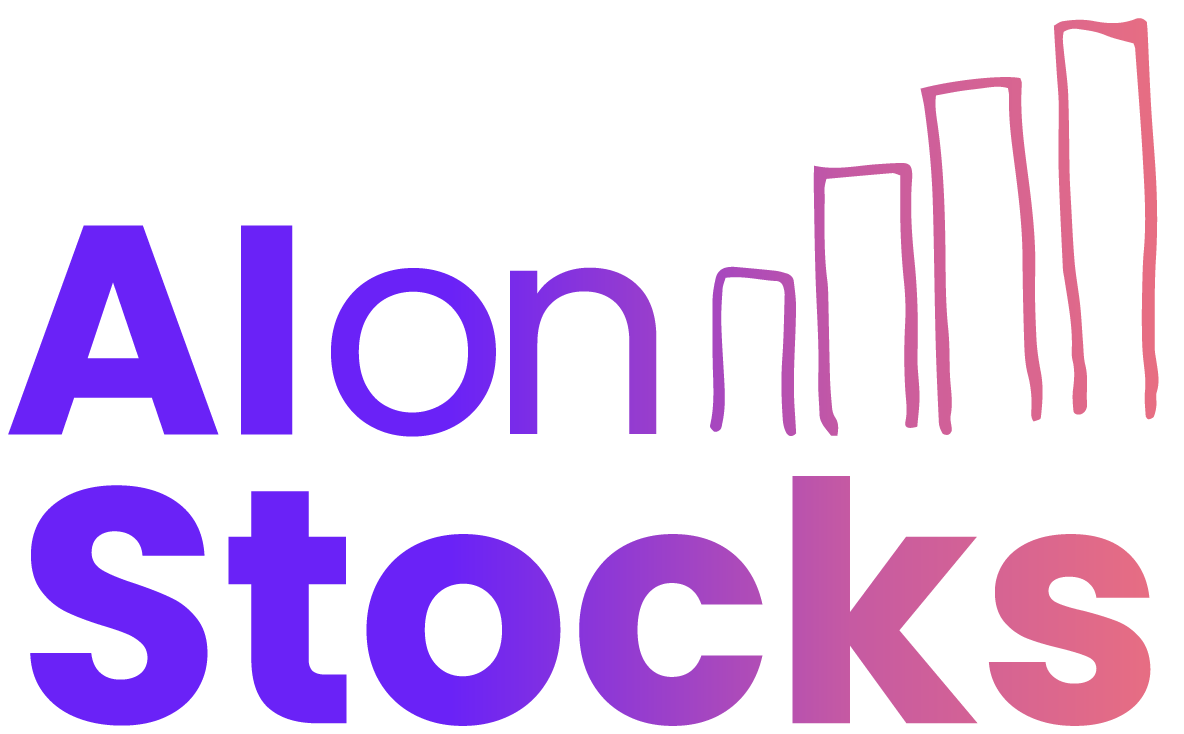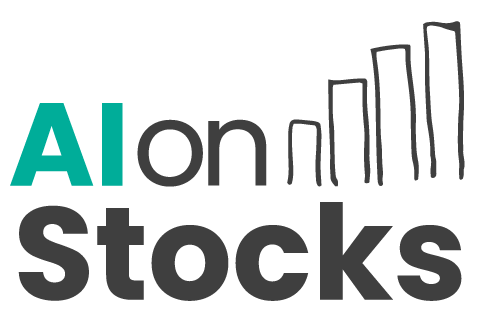Modern Charting Meets AI: How Technical Analysis Is Getting an Upgrade
For decades, charting and technical analysis have served as staples in the toolkit of traders and investors aiming to predict market movements. Traditionally rooted in patterns, price action, and indicators like RSI or moving averages, technical analysis has long been a human-driven process. But as markets evolve and machine learning becomes more advanced, we’re now seeing a transformation where artificial intelligence is integrated into modern charting platforms. This upgrade is not just about aesthetics or convenience — it’s reshaping how we interpret market data and make trading decisions.
The Evolution of Charting and Technical Analysis
To appreciate how artificial intelligence is enhancing charting and technical analysis, it’s important to first understand their origins. Technical analysis began as a purely visual exercise. Traders manually studied charts, drawing trendlines and identifying formations like head and shoulders or triangles. Over time, software tools automated much of this, making it easier to run analysis quickly.
Yet for all its advancement, traditional charting has limitations. Human bias, subjective interpretation, and cognitive fatigue can lead to inconsistent results. That’s where AI offers a crucial advantage. By integrating machine learning, predictive algorithms, and real-time pattern recognition into charting software, technical analysis is becoming more precise, objective, and powerful.
The Role of AI in Transforming Charting Tools
Artificial intelligence brings a new layer of intelligence to the naked eye’s traditional pattern-spotting. Today’s AI-powered charting platforms are designed to process vast amounts of market data at incredible speeds. They’re capable of detecting micro-patterns, anomalies, and correlations that would be almost impossible — or take far too long — for a human analyst to find.
Pattern Recognition and Anomaly Detection
One of the biggest breakthroughs comes in the form of automated pattern recognition. AI models trained on decades of historical chart data can automatically detect formations like double tops, pennants, cup and handles, and more. What’s more, they can spot early signs of these patterns forming, giving traders a notable edge.
Unlike static algorithms, machine learning models improve over time as they ingest new data, learning from both false positives and successful predictions. Anomaly detection is another key area — AI can alert traders to unusual price action or volume spikes that diverge from expected behaviours. These insights can be crucial for gauging breakout potential or identifying manipulation.
Sentiment Analysis Integration
AI is also being used to combine technical chart data with sentiment analysis. By processing news feeds, earnings reports, and social media sentiment in real time, modern charting platforms can enrich technical indicators with context. If a stock is showing bullish momentum on a chart but social sentiment is turning bearish, AI algorithms can flag the inconsistency, offering a more balanced perspective.
How Traders Are Using AI-Augmented Technical Analysis
The application of AI in charting and technical analysis is not just theoretical — it’s happening in live markets every day. Traders now use platforms equipped with predictive analytics that suggest entry and exit points based on both historical and real-time data. Some systems even simulate market conditions to test the strength of a technical signal before making a recommendation.
Another growing trend is the use of personalisation in charting tools. AI can assess an individual trader’s strategy, risk tolerance, and trading history, presenting technical insights that align with their habits. This customisation cuts through the noise, delivering highly relevant analysis without overwhelming the user with irrelevant data.
The Benefits of AI-Driven Charting
One of the primary benefits AI brings to charting and technical analysis is speed. Decisions once based on hours of manual interpretation can now be made in minutes or even seconds. This is especially vital in volatile markets, where the ability to act swiftly can make a significant difference in outcome.
Another advantage is consistency. While human analysis can vary from person to person and day to day, AI models follow the same logic each time, minimising emotional decision-making and increasing trading discipline. This makes technical analysis more actionable and less prone to common psychological pitfalls like confirmation bias or overtrading.
Challenges and Limitations of AI in Technical Analysis
No technology is without its drawbacks. One of the key challenges in integrating AI into charting is overfitting — where an algorithm is so finely tuned to past data that it fails to perform in new conditions. AI predictions are only as good as the data and assumptions they’re based on, and markets can behave irrationally, particularly during crises or black swan events.
Another concern is accessibility. While major financial institutions and quant firms have been using AI for years, retail traders are only just beginning to access these tools through more advanced platforms. High-quality AI charting tools can be expensive or require steep learning curves, posing a barrier to entry for some everyday traders.
What the Future Holds for Charting and Technical Analysis
Looking ahead, the fusion of artificial intelligence and technical analysis is poised to become the industry standard rather than a cutting-edge advantage. As computational power increases and more data becomes available, we can expect to see next-generation platforms that offer predictive modelling, scenario simulation, and even decision-tree forecasting based on both technical and macroeconomic inputs.
We are also likely to see enhanced collaboration between human traders and AI. Rather than replacing intuition and experience, AI may serve as a cognitive partner — a second opinion that challenges assumptions and helps validate or reject trades based on hard data. This hybrid approach may prove to be the most effective, balancing the best of both human and machine intelligence.
Conclusion: The Upgrade Is Already Underway
The integration of artificial intelligence into charting and technical analysis marks a pivotal shift in how traders interact with market data. By combining speed, accuracy, and adaptability, AI-enhanced tools are not only refining traditional methods but also expanding what’s possible in technical trading. For those willing to embrace the change, the opportunities can be significant — but success will depend on how wisely traders blend human judgment with machine precision.
As the lines blur between data science and market speculation, one thing is certain: the future of charting and technical analysis is smarter, faster, and more dynamic than ever before.


